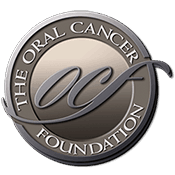What Farrah Fawcett can teach us about anal cancer
Source: health.usnews.com/blogs Author: Deborah Kotz As much as I think celebrities should be afforded their privacy—like the rest of us—when they're battling life-threatening diseases, I sometimes blog about their conditions because I see them as teaching moments. Farrah Fawcett is in the news today with reports that she's been hospitalized for complications of anal cancer. She was first diagnosed with anal cancer in 2006. Speculation was running wild that she was "close to dying," but the latest reports say she's suffering from a blood clot that resulted from an "alternative" cancer treatment she had in Germany to fight the cancer's recurrence. Anal cancer is one of those cancers no one likes to talk about because it's, well, anal cancer. But we really should discuss it as much as, say, cervical cancer. Both are predominately caused by the sexually transmitted human papillomavirus. In fact, a 2004 study of 6,000 anal cancer patients (the majority of whom were women) found that 73 percent of the patients tested positive for the strain HPV-16, one of the strains that the Gardasil vaccine protects against. What's worrisome is that unlike cervical cancer, which has dropped dramatically since the advent of the Pap smear, anal cancer is on the rise. Incidence rates over the past 30 years have jumped by 78 percent in women and 160 percent in men, probably because more people now have more sexual partners and more people have anal sex (both among heterosexuals and gay men), says Lisa Johnson, a cancer epidemiologist [...]
